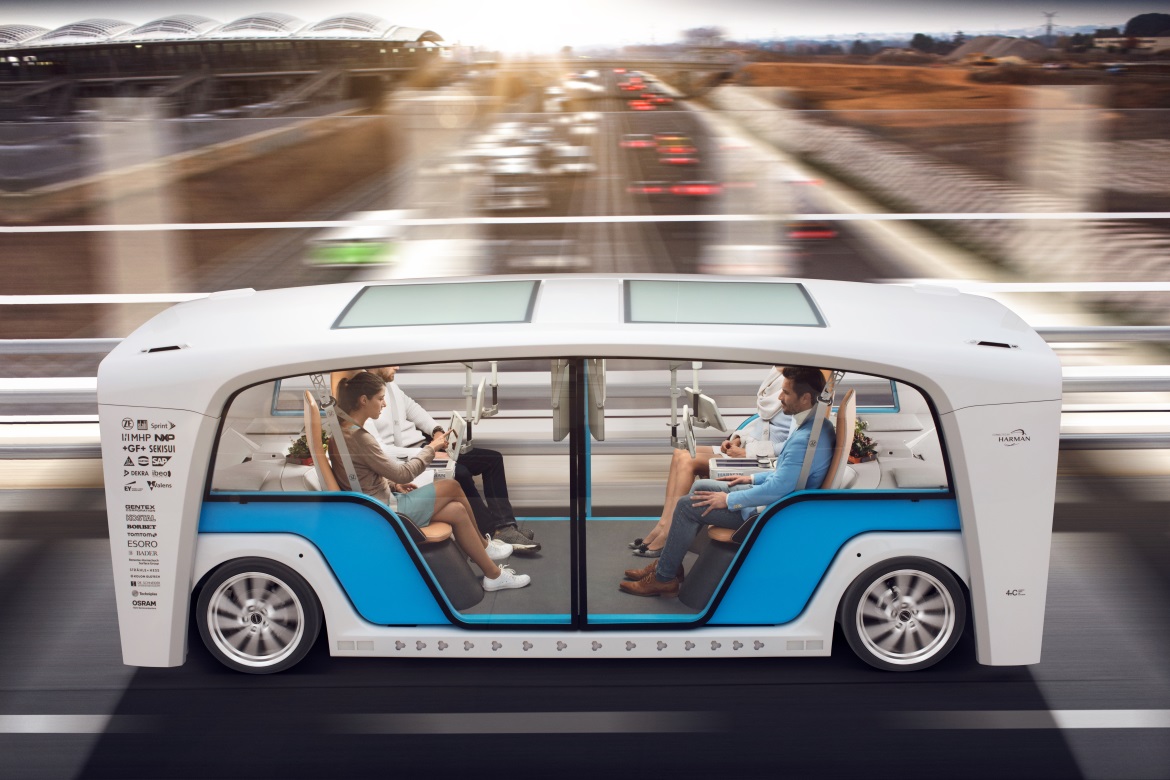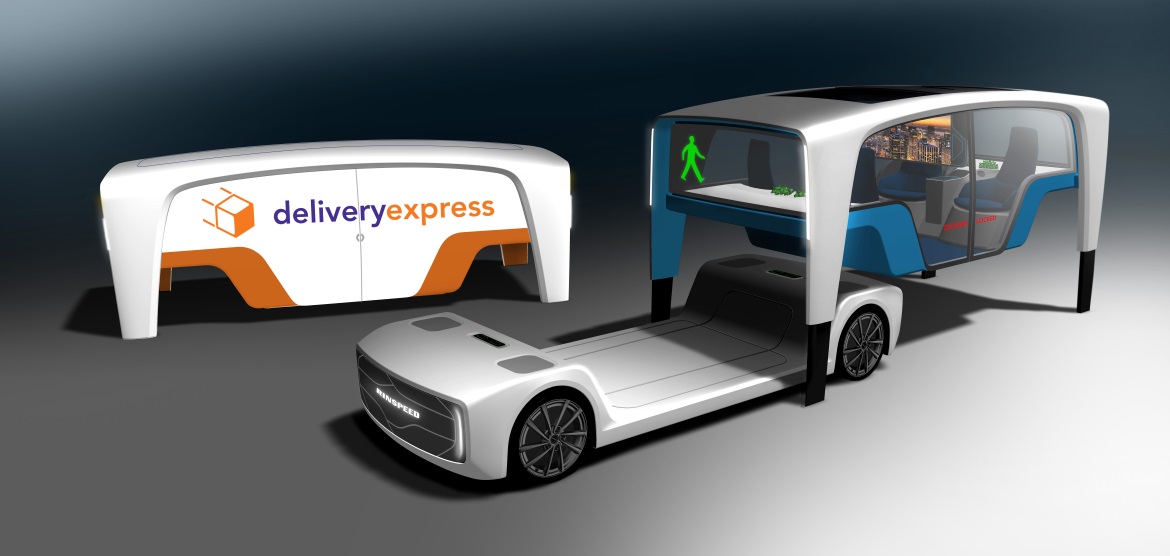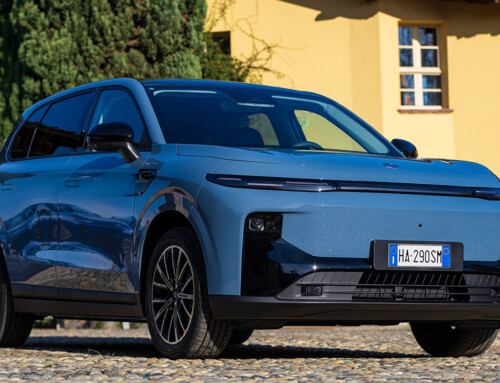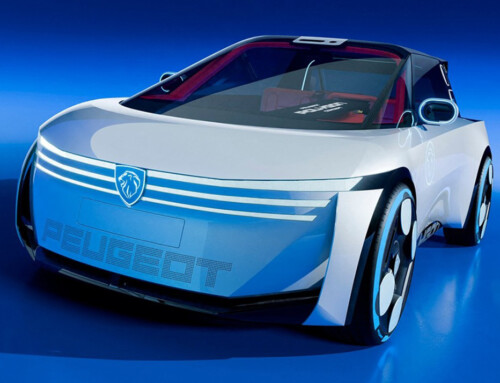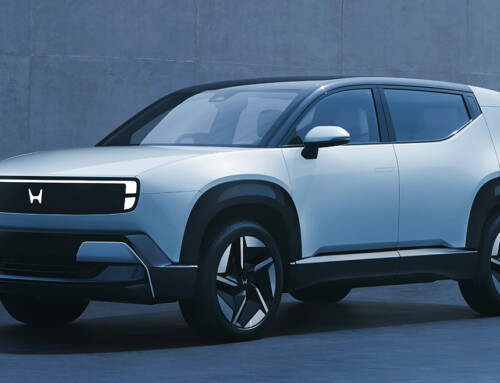Self-driving electric cars full of IT components are supposed to relieve the burden on congested streets and polluted cities. With the Snap concept vehicle, Rinspeed shows off a comprehensive approach for how this could work: For the first time, the vehicles also offer meaningful immobile use, because the chassis and the body structures go their separate ways. Frank M. Rinderknecht, Founder and CEO of Rinspeed Inc., simply relegates all components susceptible to wear and aging as well as all technology relevant to data processing to the so-called “skateboard,” the consequently “intelligent” and fully automated chassis of the electric vehicle. While the classic automakers celebrate the moment when the body and the chassis come together (“marriage”) as a highlight of every plant tour, “skateboards” and “pods” of the Snap are only temporary companions.
Almost as an aside, the innovative Swiss solve a problem that many know from the navigation systems in their own vehicles: they no longer find the way, because software and map data are outdated. What is merely annoying here can quickly become a safety issue in self-driving cars in the near future. The two steering axles along with the integrated electric powertrain come from ZF. They allow the Snap to turn practically on a dime and produce no emissions in urban traffic.
Optionally, there is even a ‘personal assistant’ in the form of an autonomous, intelligent robot to accompany the occupants. It will also be happy to help with running errands, carrying purchases, or handle other tedious tasks. The wellness features of the interior play a vital role in self-driving cars. In this area, Rinspeed has for years rightfully relied on the innovative Swabian textile developers at Strähle+Hess, who work with Dutch company Stahl, the world market leader for leather and man-made surfaces in automotive interiors. Functionality goes hand in hand with the discriminating design standard. The occupants relax on naturally soft leather from automotive leather specialist Bader.

